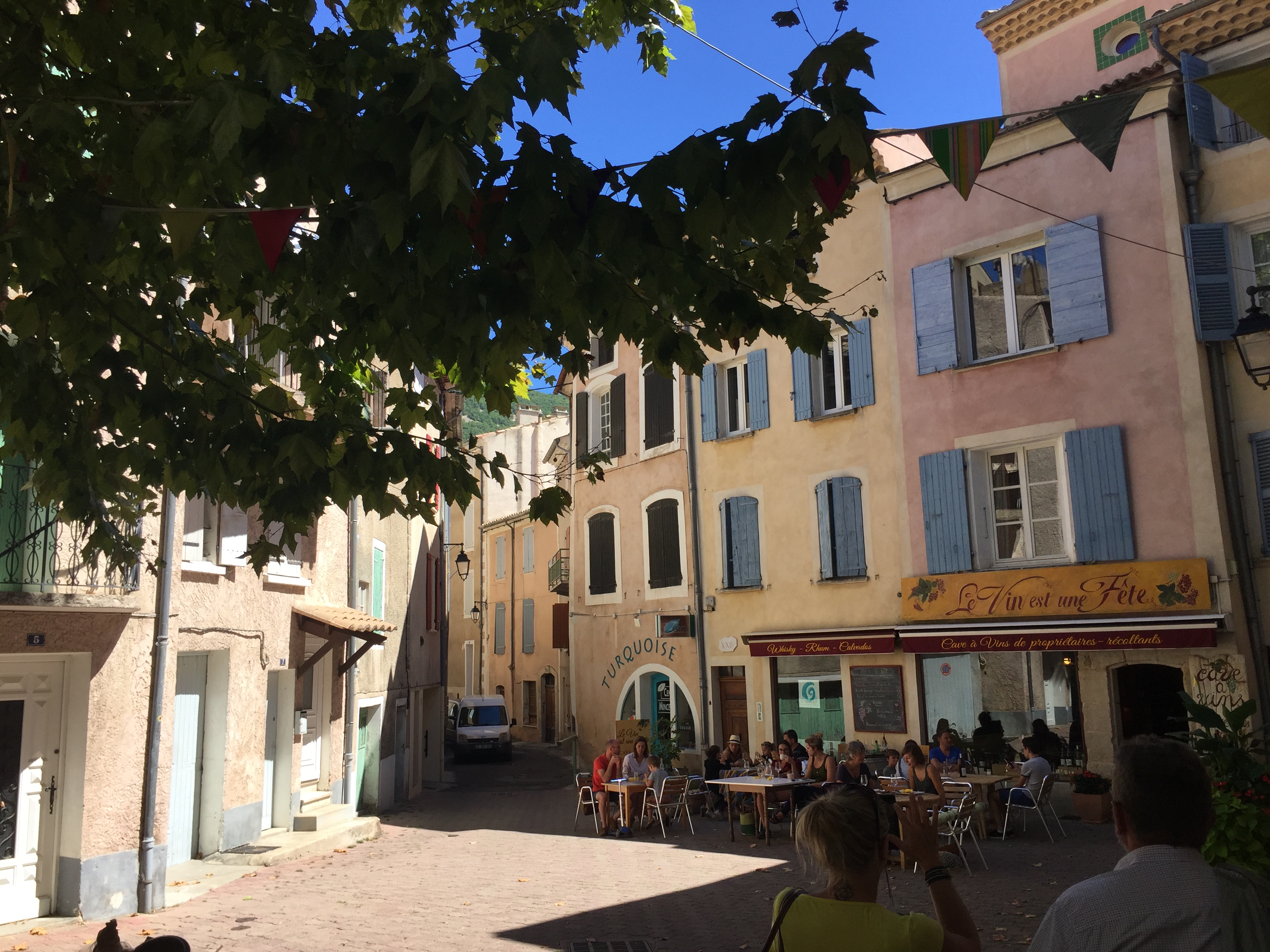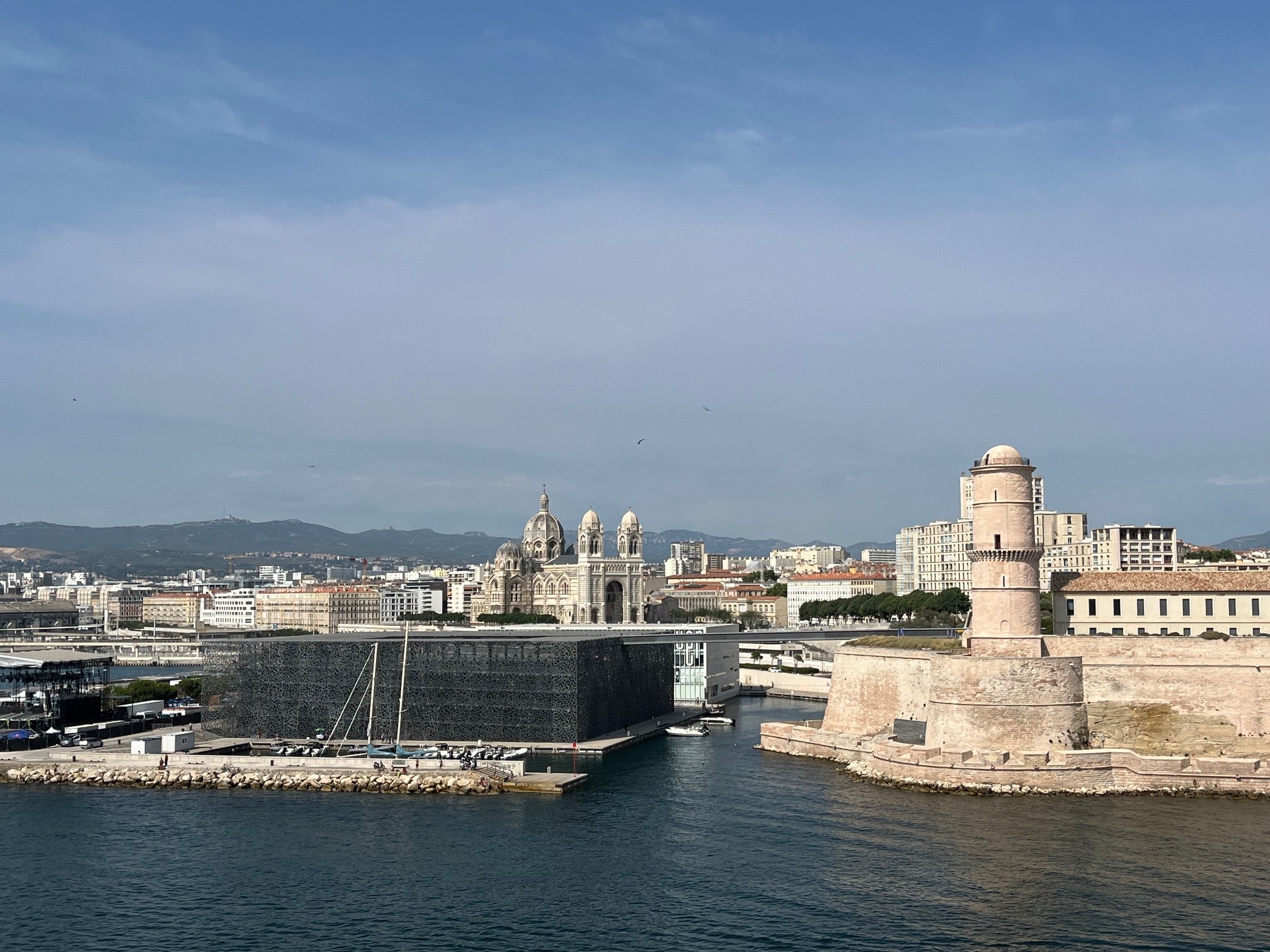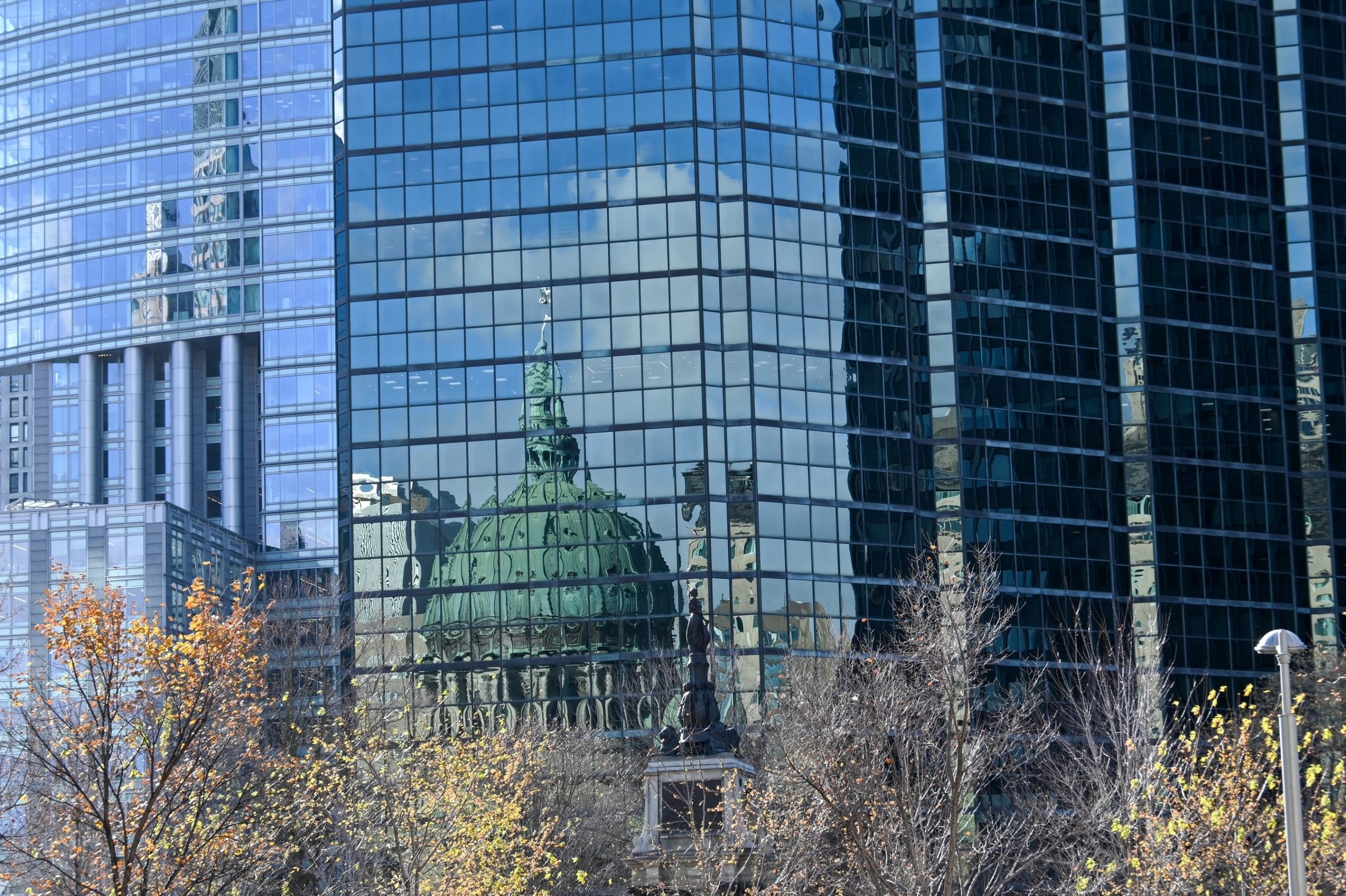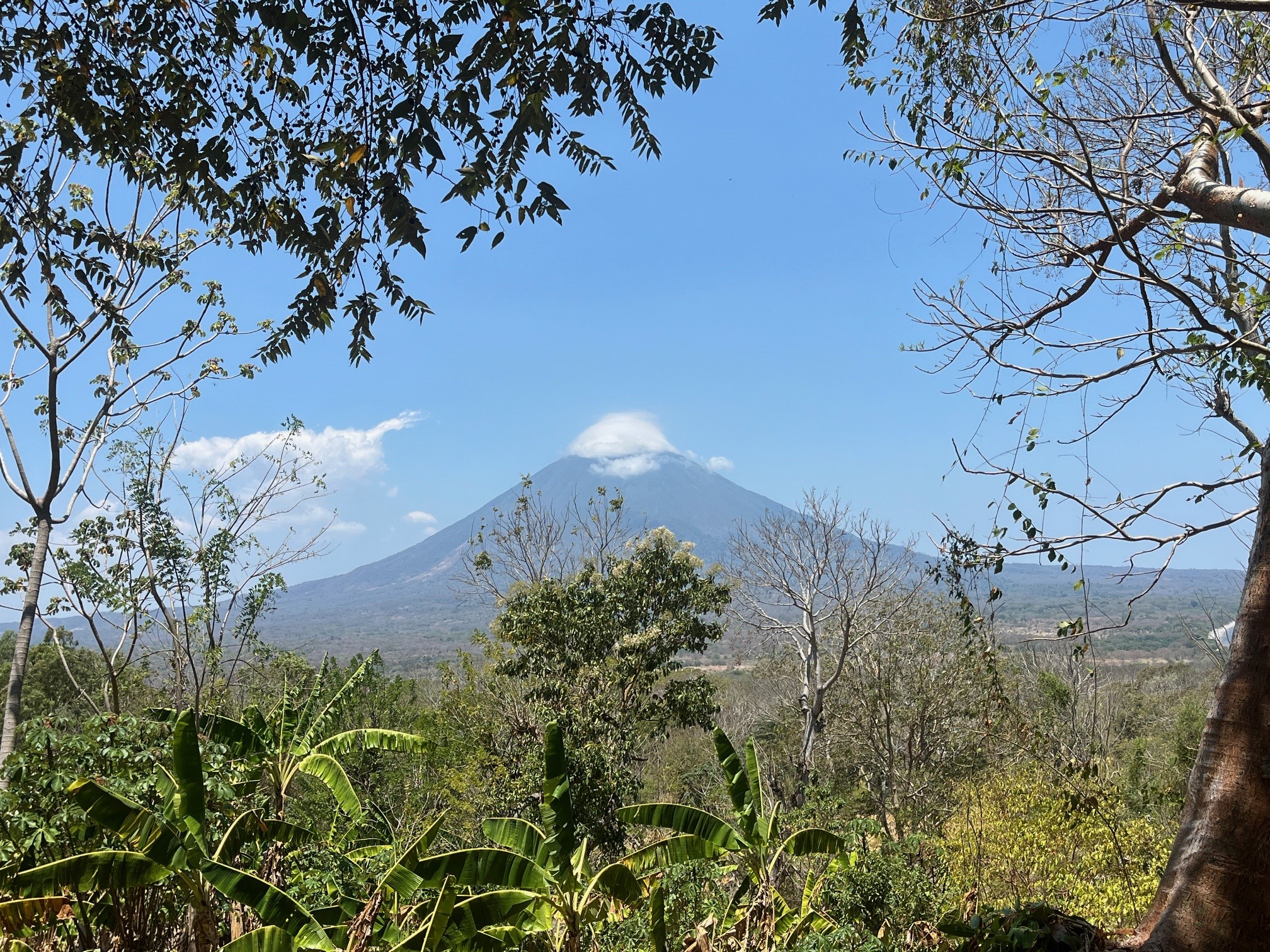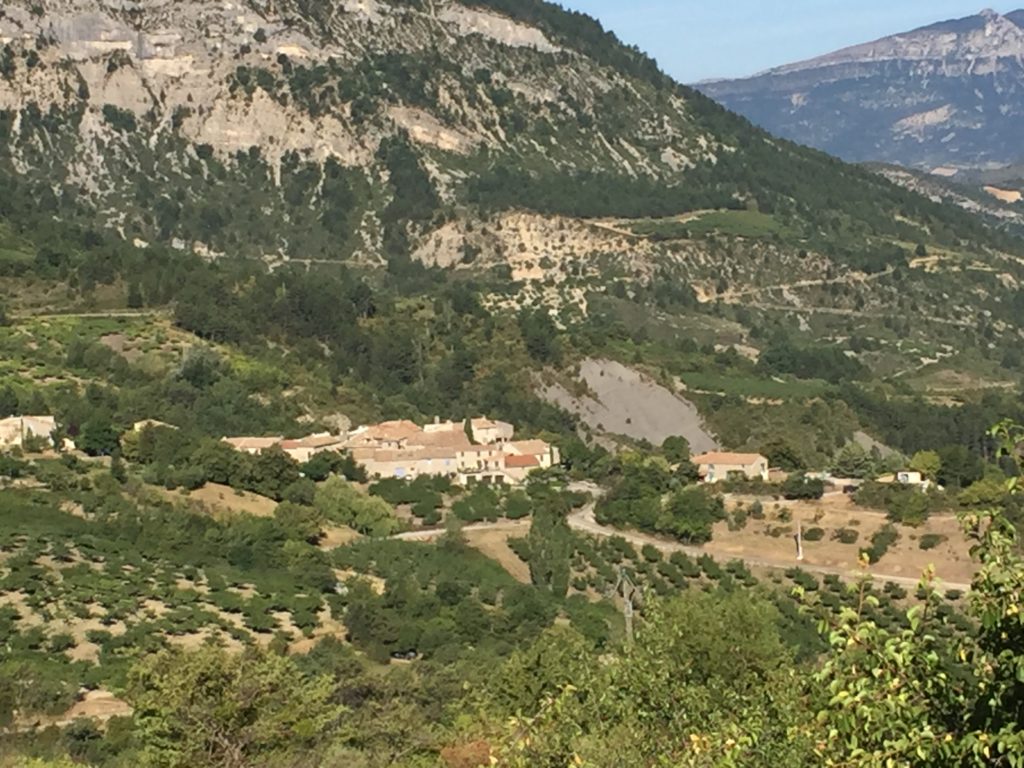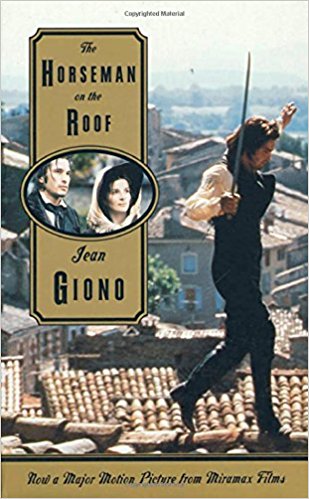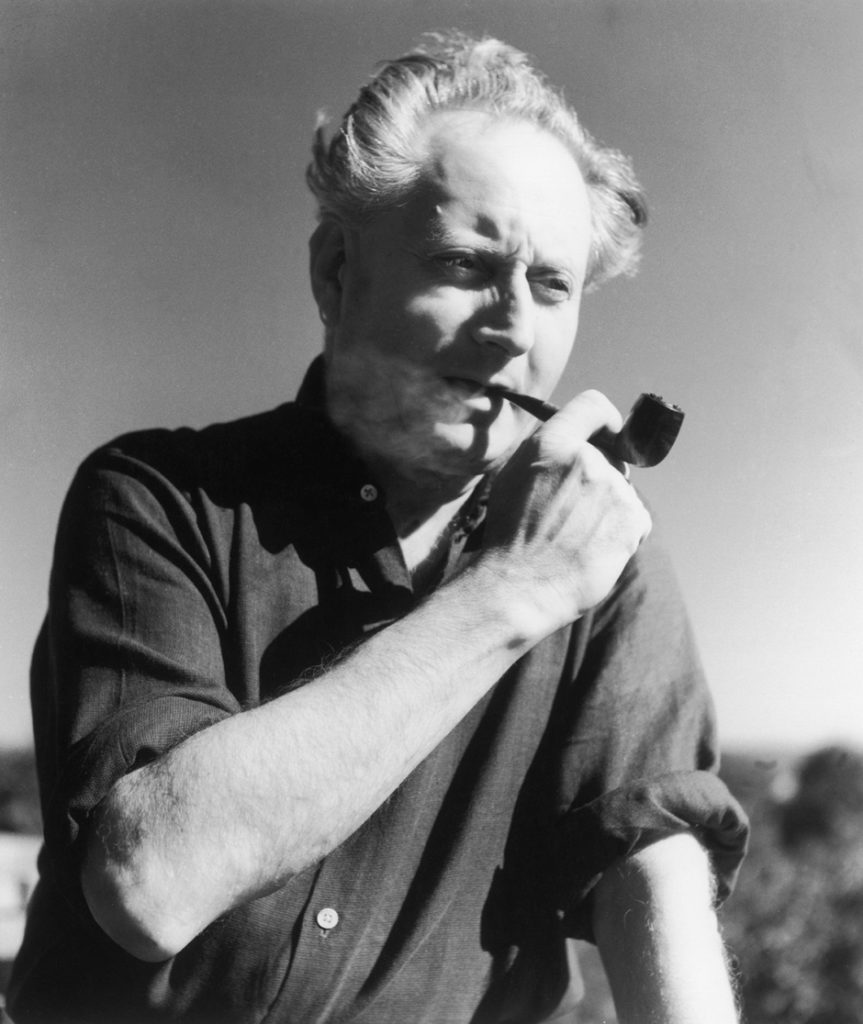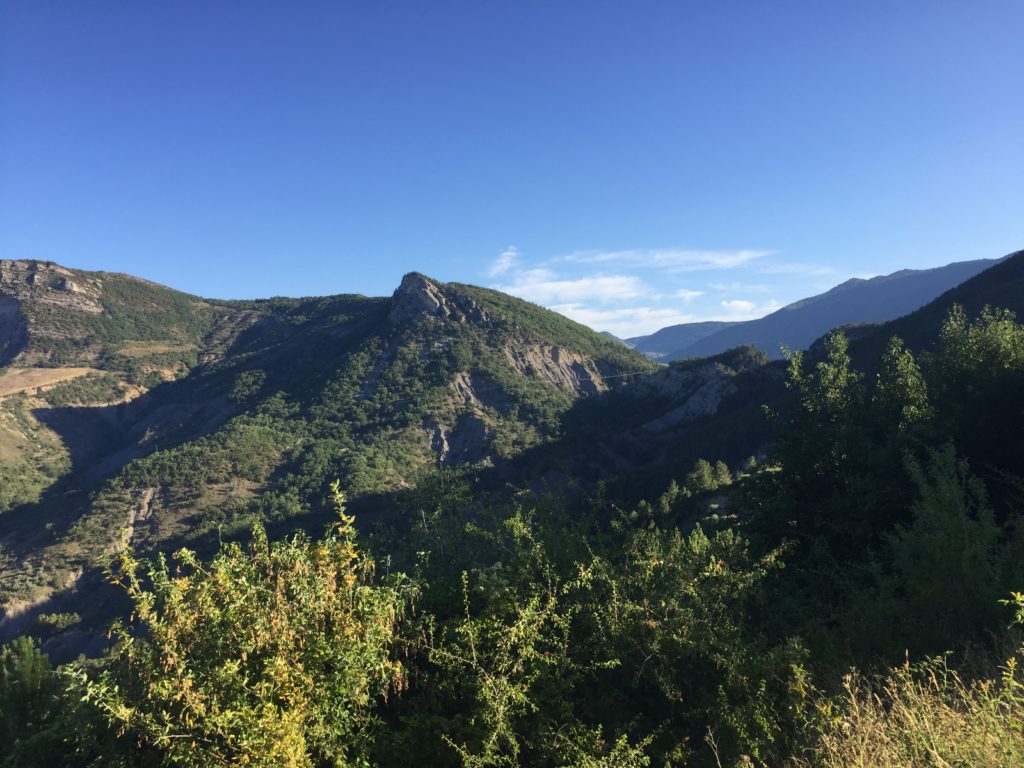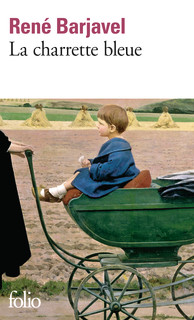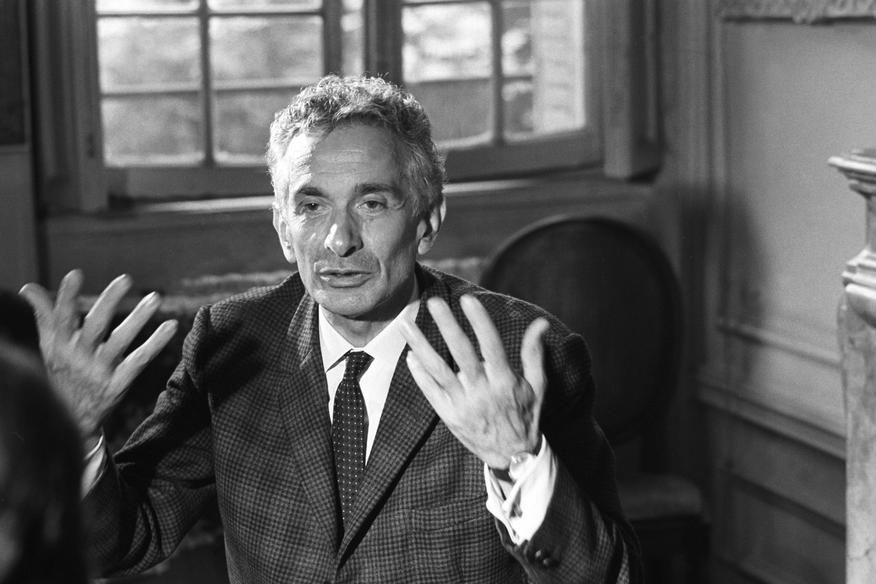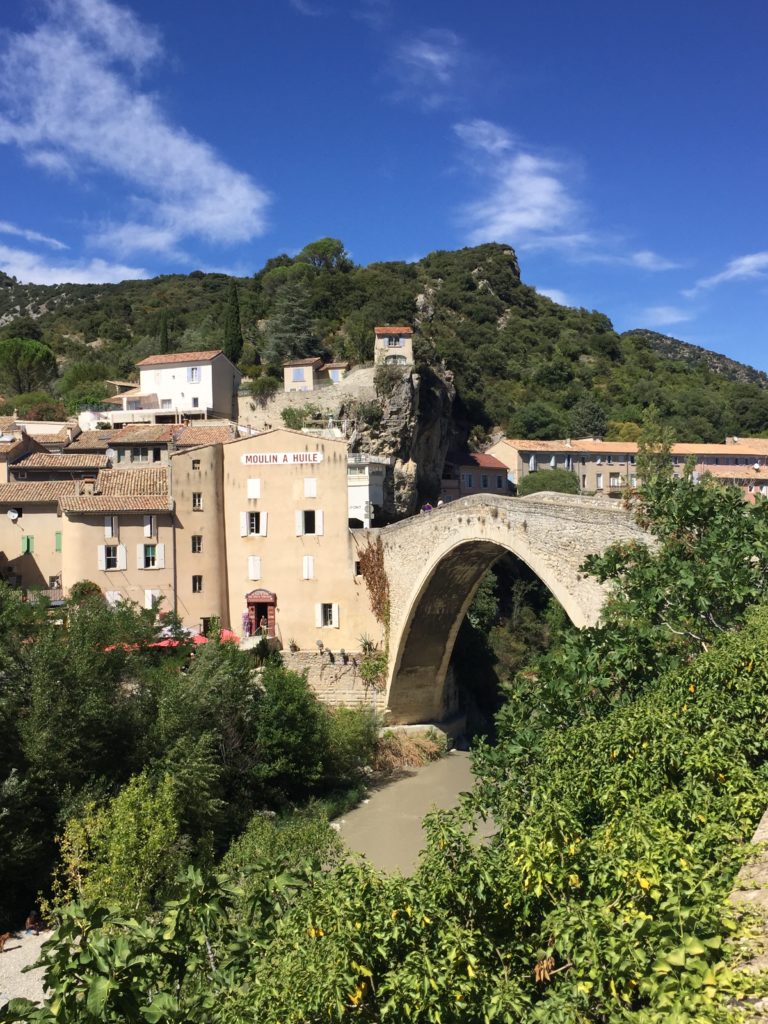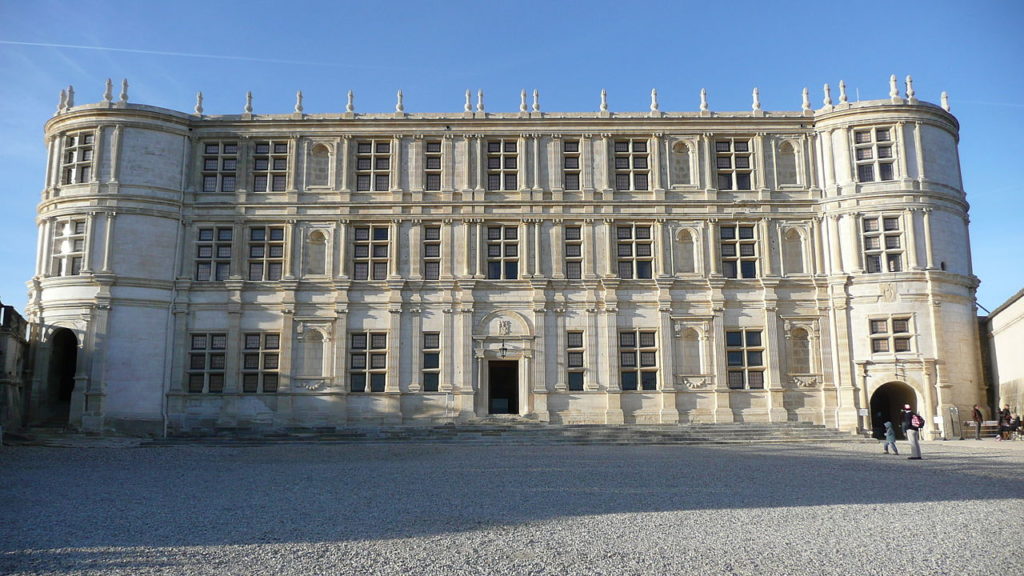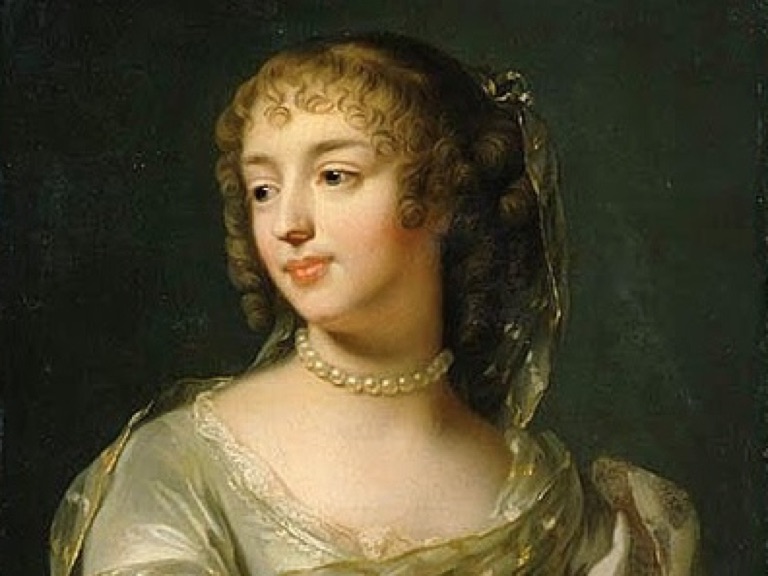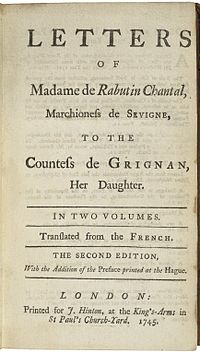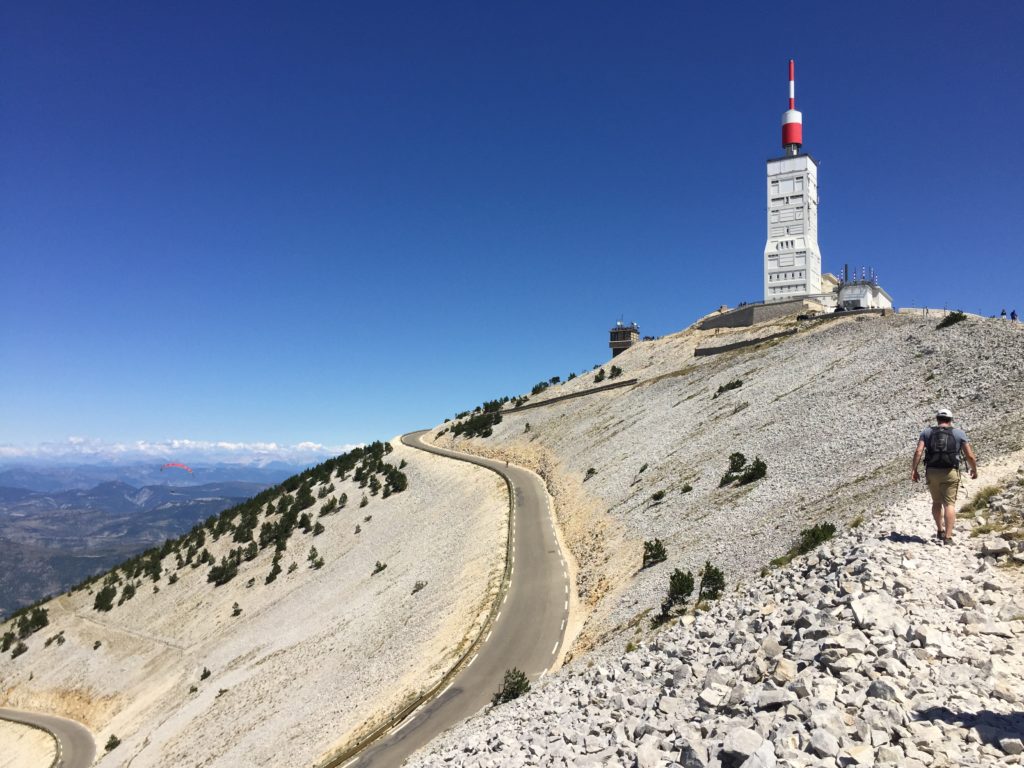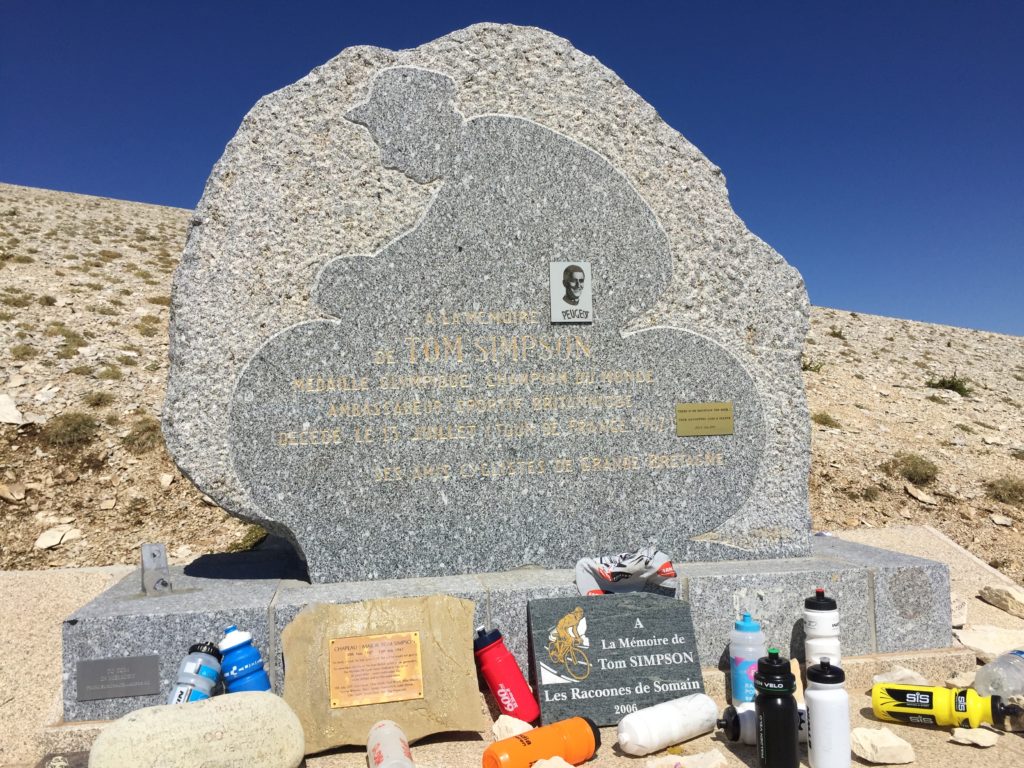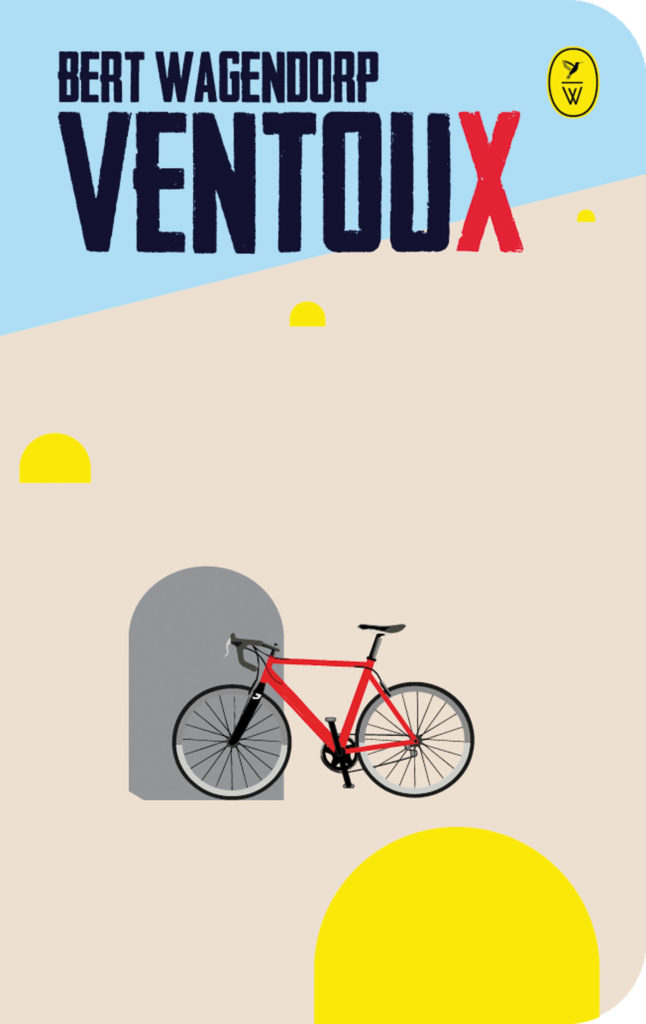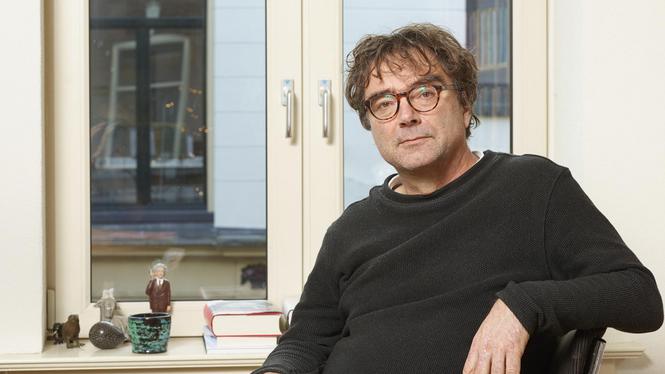There are several Provences and visitors will soon realize that following the roads in the valleys, it often takes longer than anticipated to link two points that seem close on the map. About ten years ago, I spent a short holiday in Jean Giono’s Provence, between Banon and Forcalquier. His most famous novel, in part because it was brilliantly adapted as a movie by Jean-Paul Rappeneau with Juliette Binoche and Olivier Martinez, is « The Horseman on the Roof (Le hussard sur le toit)”. Angelo Pardi, an Italian coronel is on the run from his native Piedmont and crosses the border hunted down after a duel with an Austrian officer. He finds refuge on the roofs of Manosque (Giono’s town, where his father an anarchist, arrived as a refugee from Italy) and meets there Pauline de Théus, a young aristocrat. The year is 1832 and Provence is confronted with a cholera epidemic. Pauline needs to get back to her husband’s castle. Angelo, as a foreigner, is accused of having poisoned the wells. They need to leave the city and start a long journey on horseback over hill and dale. They must escape the quarantine, fight the disease and decide up to which point they can love each other.
This summer I enjoyed a wonderful week in the Drome area of Provence. The mountains and highlands which I saw each morning as I woke up made me think of another of Giono’s novels « Joy of Man’s Desiring (Que ma joie demeure) », an ode to the communion between nature and field laborers.
But the Drome is rather René Barjavel’s region, who grew up in Nyons. In « La Charrette Bleue » (« The Blue Wagon » not available in English), he describes with little touches his childhood in this nice little city whose downtown area must not have changed much in a century. As the men went fighting on the front during World War I, the children are growing up without too many constraints. René’s family runs a bakery in one of the main streets. He discovers this world of artisans and peasants where ordering a new wagon to the wheelwright is a considerable investment. He gets passionate about reading. Gradually, however, the news from the war reach the city at the same time as the first automobiles and airplanes make their way in the valley.
Grignan’s castle, perched on top of the town and commanding the surrounding plain is one of Provence’s literary highlights. This is where the Marquise de Sévigné’s daughter, Madame de Grignan lived after being married with a Provencal gentleman. The letters from the mother to the daughter are one the most wonderful examples of the French epistolary art in the 17th century. The marquise paid some visits to her daughter but she dreaded the long journeys in the Rhone valley and preferred writing. Her correspondence remains a monument of tenderness and wit. This is an art that is disappearing since as Jean Cocteau wrote: « Would we know Madame de Sévigné’s name if she could have used a phone? ».
The Mont Ventoux is another of Provence’s high places. Even if Petrarch, the Italian poet, sung the views enjoyed while climbing it, the « Giant of Provence » owes its fame more to sport, and in particular cycling exploits than to its place in literature. It is one of the mythical arrival places in the Tour de France, where some of the biggest names (Merckx in 1970 for example) triumphed. It is also the location of the English rider Tom Simpson’s mortal collapse in 1967, an event that opened the eyes to the risks associated with doping. A few hundred meters from the top, a commemorative stone reminisces his death. Many of the cyclists attempting to climb the « Bald Mountain » and who start to see the summit make a pause to bow in front of the monument and some leave a water bottle as a tribute.
Despite being a Tour de France fan, I am not enough of a good rider to climb the Ventoux. I therefore decided to walk to the top. We sometimes crossed the winding road where the cyclists suffered and encouraged themselves. On these roads, Dutch is an oft spoken language and it brought me back to the atmosphere of « Ventoux », Bert Wagendorp’s book. This great novel was a bestseller in the Netherlands and is translated in English. It was also adapted for the big screen. The book goes well beyond sportive events. In 1982, six Dutch young adults, five boys (David, Peter, Bart, Joost and André) and Laura celebrate the end of the school year in a camping site in Bédoin, at the bottom of the Ventoux. Some are getting ready to conquer the summit on the bike, but almost all are madly in love with Laura. As they go down, Peter doesn’t seem to be able – or to want- to brake and breaks his head against an electric pole along the road. The day after the drama, Laura disappears. Thirty years later, she gets back in touch and invites them to a reunion in Bédoin for a new ascent. This novel is a pleasure to read while offering a profound reflection about friendship, youth’s dreams and adulthood’s remorse.
